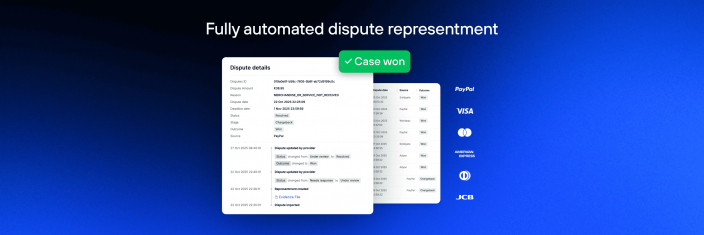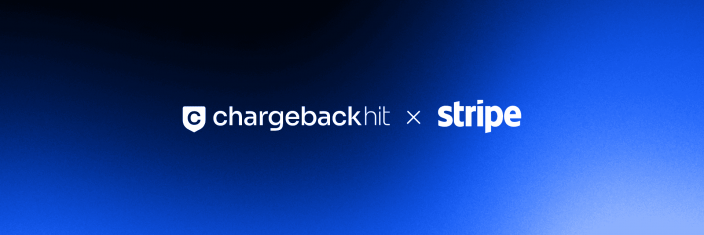Credit Card
A credit card is a slender, rectangular piece of plastic or metal issued by financial institutions, enabling cardholders to borrow funds from merchants that accept card payments for purchasing goods and services. When using credit cards, cardholders must repay the borrowed money and any applicable interest and agreed-upon charges, either in full by the billing date or over time.
Aside from the standard credit line, credit card issuers may also provide cardholders a separate cash line of credit (LOC). This cash line allows them to borrow money as cash advances, accessible through bank tellers, ATMs, or credit card convenience checks. These cash advances often come with different terms, such as higher interest rates and no grace period, compared to regular credit line transactions. The borrowing limits on credit cards are typically preset based on the individual’s credit rating. As a widely accepted payment method, credit cards are highly popular for purchasing consumer goods and services.
Key Takeaways:
- Credit cards are plastic or metal cards that facilitate purchases using credit.
- Interest is charged on the money spent using credit cards.
- Credit cards can be issued by banks, stores, or other financial institutions, offering various perks like cash back, discounts, or reward miles.
- For individuals with limited or poor credit, secured credit cards and debit cards are available as alternatives.
In addition to their convenience and widespread usage, credit cards offer certain protections to the cardholder, such as the ability to initiate a chargeback. A chargeback is when the cardholder disputes a transaction, often due to receiving defective goods or fraudulent charges. In such cases, the cardholder can request their credit card issuer to reverse the transaction and refund the amount in question. This safeguard gives cardholders confidence when making purchases, as they have recourse in case of any issues with the transaction or the products and services received.
 PayPal
PayPal Blog
Blog

